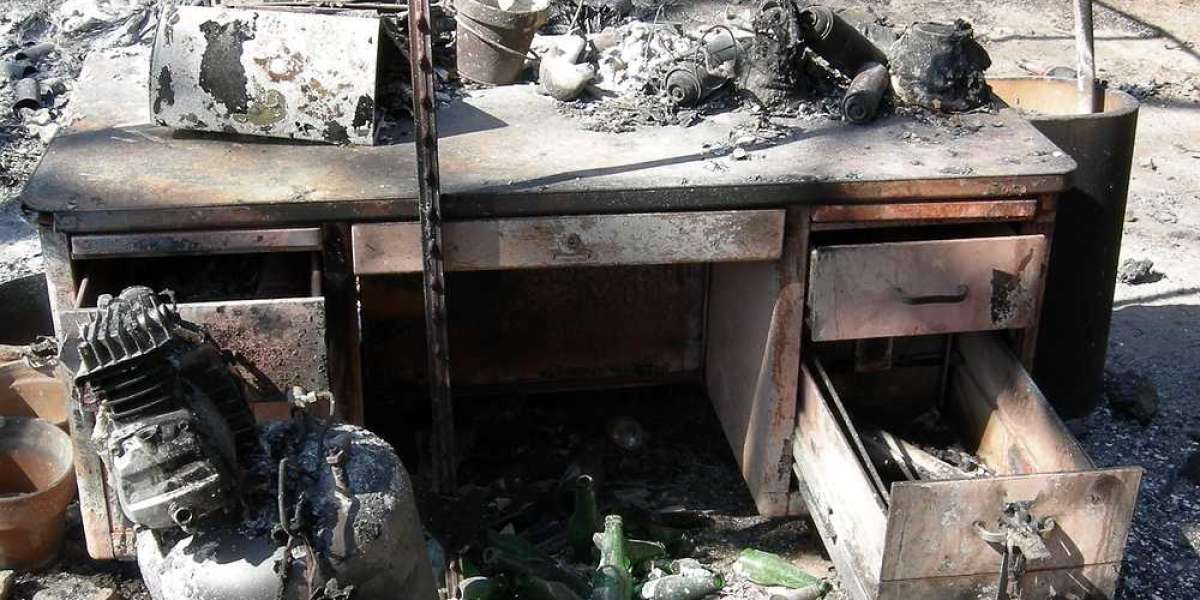
Technology is advancing at lightning speed, and society is more dependent on digital systems than ever before. In this fast-paced environment, businesses big and small need to be prepared for the unexpected. They need solid plans for dealing with disruptions and disasters in order to keep their operations running and continue growing. In this article, we'll dive into the significance of business continuity and disaster recovery plans and share valuable tips on creating reliable and comprehensive strategies.
Getting to Know Business Continuity and Disaster Recovery
Let's break it down. Business continuity (BC) is all about a company's ability to keep going, even when faced with obstacles or disasters. The goal is to make sure vital services and functions are always available to customers and stakeholders. Disaster recovery (DR) is a bit different - it's focused on bringing back essential systems, data, and infrastructure after something catastrophic happens. When you combine BC and DR, you get a strong foundation that helps a business bounce back from any challenge.
Crafting Recovery Strategies: Create strategies to bring back crucial business functions and systems, like setting up alternative workspaces, using backup data storage, and implementing failover systems. Customize these strategies to fit your organization's specific needs and risk profile.
Setting Up Clear Communication Channels: During and after a disaster, strong communication is key. Make sure employees, customers, suppliers, and other stakeholders know who to contact in an emergency and have a plan to keep everyone informed throughout the recovery process.
Training and Educating Employees: Your employees are vital to the success of your BC and DR plans. Invest time in teaching them their roles and responsibilities during a crisis. Keep them updated on any changes to the plan and run drills to make sure everyone is ready for action.
Testing and Updating Your Plans:Regular testing is a critical aspect of ensuring that your business continuity (BC) and disaster recovery (DR) plans remain effective, relevant, and up-to-date. By conducting periodic tests and simulations, you can identify gaps in your strategies and areas that require improvement. As your business grows and evolves, your plans should adapt to address new risks, emerging technologies, and operational changes.
Here are some essential steps to take when testing and updating your plans:
Schedule regular tests and simulations: Establish a testing schedule that suits your organization's needs and risk profile. For many businesses, this may involve conducting tests annually or semi-annually. However, companies in high-risk industries or with rapidly changing operations may need to test their plans more frequently.
Involve all relevant stakeholders: Include employees, management, and even external partners in your testing process. This ensures that everyone is familiar with their roles and responsibilities in a crisis and can provide valuable insights into potential weaknesses in your plans.
Test different scenarios: Use a variety of scenarios during your simulations to evaluate your organization's preparedness for different types of disasters. This will help you identify any gaps in your strategies and ensure that your plans can address a wide range of potential disruptions.
Document and analyze test results: After each test, document the results and gather feedback from all participants. Analyze the data to identify areas where your BC and DR plans may need improvement, and use this information to refine your strategies.
Update your plans based on test findings: Use the insights gathered from testing to update your plans. This may involve making adjustments to recovery strategies, communication protocols, or employee training programs to better address identified weaknesses or emerging risks.
Communicate changes to stakeholders: Once your plans have been updated, communicate the changes to all relevant stakeholders, including employees, management, and external partners. This ensures that everyone is aware of the latest strategies and their roles in the event of a disruption.
Monitor industry trends and advancements: Stay informed about new risks, technological advancements, and best practices within your industry. This will help you keep your BC and DR plans current and effective in an ever-changing business landscape.
By regularly testing and updating your BC and DR plans, you can ensure that your organization remains resilient and prepared for any disruptions that may come your way. This proactive approach not only protects your business assets and operations but also fosters trust and confidence among your stakeholders.
Conclusion
Nowadays, having business continuity and disaster recovery plans is a must for businesses of all sizes. By understanding the risks, pinpointing critical functions, and crafting thorough strategies, organizations can protect their assets, defend their market share, and achieve long-term success in an unpredictable world. Commit to developing and maintaining strong BC and DR plans to ensure your business's future and keep the trust and confidence of everyone involved.
In part two of this blog series, we will go over some of the various backup location sites available for organizations to use to continue their operations in case of disaster. We will be going over cold sites, warm sites, hot sites, and mobile sites.














